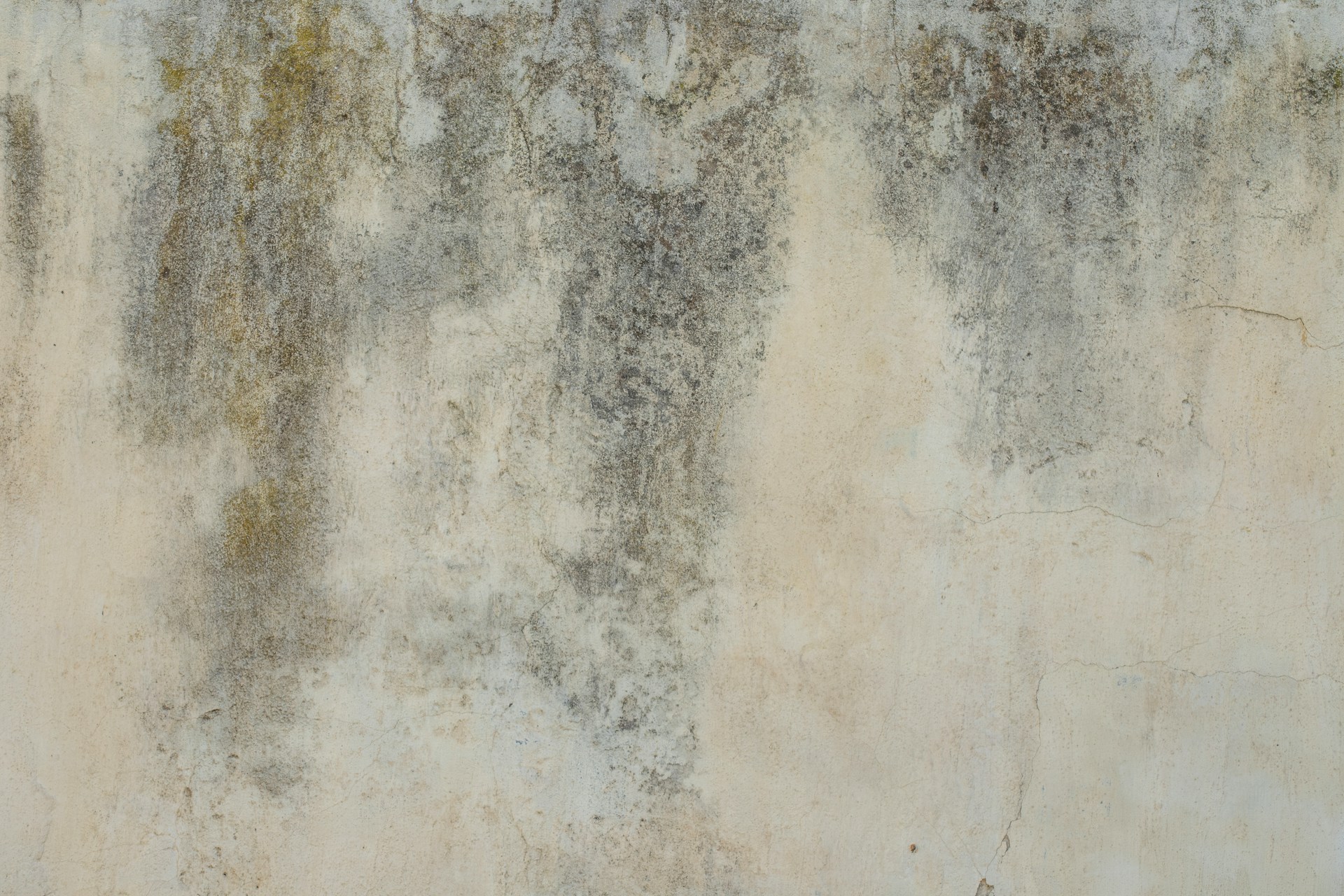Slab leaks can be a serious issue, especially for homeowners in Tomball. These hidden leaks occur beneath the concrete foundation of a house, making them difficult to detect early. When left unaddressed, they can lead to costly repairs, structural damage, and even mold growth. Many homeowners don’t realize something is wrong until moisture starts to show up inside or around their home, and by then, the damage may already be underway.
It’s important for homeowners to know what causes slab leaks, how to spot them, and what steps to take when something seems off. Early detection gives you a better chance to stop the damage before it spreads. Plumbing issues that start small under the slab can quietly weaken the home’s foundation, so acting quickly and reaching out to the right help makes a real difference.
Common Causes Of Slab Leaks In Tomball Homes
Understanding how slab leaks start is key to preventing them. Most slab foundations hide a network of water pipes, usually neatly placed in trenches under the concrete. Over time, these pipes can wear out or shift, leading to cracks, pinhole leaks, or full breaks.
There are several reasons a slab leak might develop:
– Soil movement: Tomball’s soil can shift due to dry spells followed by heavy rain. This puts pressure on the foundation and may lead to pipe movement or breakage.
– Pipe corrosion: Older plumbing systems, especially ones made with certain metal pipes, are more prone to corrosion. That corrosion weakens the pipe walls over time.
– Poor installation: In some cases, poor plumbing setup or building shortcuts during construction can cause long-term stress on certain pipes under the slab.
– Water pressure problems: If water pressure is not controlled properly, it can cause long-term wear and tear on the pipes hidden beneath the home.
– Abrasion from other materials: Over time, pipes may rub against the concrete or gravel they rest on, wearing down the protective material and exposing the pipe to leaks.
Each of these causes might start with small shifts or mild erosion, but they can grow into expensive and damaging problems if ignored. Unlike above-ground plumbing breaks, slab leaks aren’t easy to visually detect. That’s why knowing the signs becomes just as important as understanding the causes.
How To Tell If You Have A Slab Leak
Spotting the warning signs early helps you avoid bigger problems down the line. Since the pipes are buried under your home, the typical signs of a leak won’t always be obvious. But there are a few things that often show up when something’s not right.
Homeowners in Tomball should look out for the following:
– Damp or warm spots on floors, especially in the middle of a carpet or tile space
– Water pooling near the base of the walls or flooring edges
– Mold or mildew smells that don’t match any visible damage
– Hearing water running even when all faucets are turned off
– Unexplained increases in water bills
– Drop in water pressure that doesn’t clear up
One example of a common situation might be a family that notices their wooden floors begin to warp slightly, and their water bill rises even though usage hasn’t gone up. These signs often point to a leak under the slab and call for a closer look through professional water leak detection in Tomball.
Sometimes, people think minor moisture or warm spots are from spills or hot temperatures outside. That’s why it’s easy to overlook these early warning signs. When signs like these appear more than once, they shouldn’t be brushed off. Acting early helps keep the damage from spreading to areas like walls, floor coverings, and even the foundation.
Steps To Take When You Suspect A Slab Leak
Slab leaks can’t always be prevented, but when you catch them early, you have more control over the damage. The first sign usually isn’t a flood. It’s something small, like a warm area on the flooring or an unexplained rise in your water bill. Once you see a sign, don’t wait.
Here’s what you should do next:
- Shut off your main water supply to stop further damage.
- Make note of the signs you observed, including where and when they appeared.
- Avoid breaking into walls or flooring without a professional inspection.
- Contact professionals who handle water leak detection in Tomball to get a prompt inspection.
Trying to locate or fix a slab leak on your own isn’t a good idea. Without the right tools and training, you could make the problem worse or miss the real source altogether. Our professionals use specialized equipment to find leaks without tearing up floors or walls first. Knowing exactly where to start keeps repairs limited to where they’re needed and saves the structure of your home from extra damage.
Once the leak has been located, repairs can range from pipe accesses through the slab to rerouting plumbing above ground. The solution depends on the age of your plumbing system, how far the leak has spread, and what’s involved with accessing the damage. Having our technicians on site gives you a clear plan to follow, whether it’s making a small repair or preventing a larger one down the line.
Preventative Measures To Reduce The Risk Of Slab Leaks
Not every slab leak can be avoided, but regular care and attention can lower the chances. Shifting soil and daily water use put stress on underground pipes. When you take the right steps to protect those pipes, you’re less likely to face serious leaks later.
Here are effective ways homeowners in Tomball can help reduce the risk:
– Schedule regular plumbing checks to catch minor issues early.
– Use a water softener if your area has hard water that wears out pipes faster.
– Monitor your water pressure and avoid setting it too high.
– Keep large trees and plants away from the foundation to reduce soil shifting.
– Improve drainage around your home’s perimeter so water stays away from the slab.
– Avoid storing heavy equipment or large water sources like pools right above key pipe routes.
Routine maintenance doesn’t take much time, but it helps protect your plumbing system from daily wear. Many homeowners overlook early warning signs or think small issues aren’t worth the trouble. Planning ahead by building inspections into your yearly upkeep can save you from big surprises later.
One helpful tip for Tomball residents is to walk around your home after heavy rain and check for shifts in the soil or standing water close to the foundation. These kinds of changes don’t always mean you’ll get a slab leak, but they can increase the pressure on your pipes. Recognizing when conditions around your home are changing gives you a chance to act before something goes wrong.
Stay Ahead Of Slab Leaks And Protect Your Investment
The damage from a slab leak can sneak up over time. Many people don’t know there’s an issue until they’re dealing with warped flooring, mold, or water gathering where it shouldn’t be. These leaks may be out of sight, but that doesn’t mean they’re impossible to track down.
When you make time to check your plumbing systems, monitor your bills, and get professional water leak detection in Tomball when something feels off, you’re keeping your home in better shape for the long run. Foundation problems and plumbing breakdowns carry a high price when ignored, but with early detection, they can often be managed quickly and affordably.
Being proactive makes a big difference. Whether you’re buying a new home or living in one for years, paying attention to conditions under and around the slab helps catch small leaks before they become big ones. Simple checks, occasional professional inspections, and acting at the first sign of trouble all help protect your home from unexpected water damage.
If you’re looking to prevent costly repairs and protect your home’s foundation, professional water leak detection in Tomball can help identify problems before they escalate. Trust Tradition Services to provide reliable solutions and honest guidance. For a quick estimate or to book a service visit, please contact us today.

